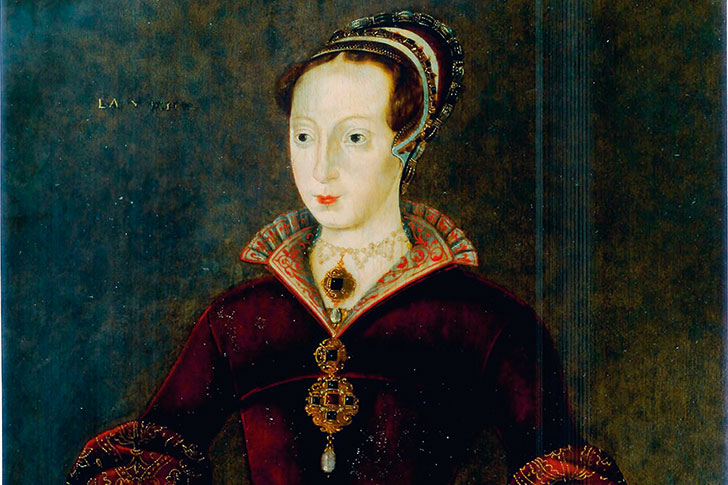It is easy to see why the bare century of the Tudor dynasty’s rule has drawn so much attention from contemporary women historians. Without breaking sweat, I can think of at least ten — four of whom garland this book with advance praise — who have written biographies or studies of the Welsh upstarts, leaving aside the acclaimed fictional efforts of Hilary Mantel. For of the six Tudor monarchs who steered England’s destinies through the tumultuous 16th century, three were female. The half-sisters Elizabeth and Mary — who both loom large in Nicola Tallis’s stunning debut — need no introduction, but the third, Lady Jane Grey, the subject of her searching biography, has until now remained in the shadows.
The main reason for that obscurity, of course, is the brevity of the reign of ‘Jane the quene’, as she styled herself on one of the few documents she signed during her fortnight on the throne. (Tallis points out that Jane’s nickname, ‘the nine days’ queen’, is inaccurate: in fact she reigned for an unlucky 13 days in July 1553.)
Jane, therefore, simply did not have the time to assert her authority and establish her identity in the same manner as her forceful cousins. But Tallis leaves us in little doubt that had she been afforded that opportunity she would have proved as true a Tudor as the rest of her imperious family.
Stubborn, wilful, sometimes angry and intellectually able to run rings round most of the men surrounding her, the Jane Grey drawn by Tallis is neither a pallid, passive victim of ruthless male power players, nor the saintly woman in white martyr’s weeds depicted in Paul Delaroche’s famous painting of her execution.
The broad outlines of Jane’s story are well known. The granddaughter of Henry VIII’s youngest sister Mary, brought up in wealthy rural seclusion as a firm, indeed fanatical, Protestant reformer, she was a gifted and precocious scholar. But Jane played no part in the murderous politics of her era until the dying boy king, Edward VI, another rigid reformer, was persuaded to name his co-religionist as his successor — cutting out the rightful heiress, his equally fanatical, but Catholic, half-sister, Mary.
The man orchestrating these machinations, John Dudley, Duke of Northumberland, had taken the precaution of marrying one of his sons, Lord Guildford Dudley, to Jane, ensuring his place as the power behind her throne.
Dudley, however, had not reckoned on the steely determination of Mary to claim her inheritance, nor on the power of the common people who backed her. Jane’s reign, conducted from within the walls of the Tower of London, was swiftly concluded. She remained in the Tower — now as Mary’s prisoner — until a Protestant rebellion persuaded the queen to order the beheading of both Jane and her unfortunate husband.
Tallis narrates these dramatic events with all the verve and excitement that they deserve. Her portrait of Jane as something of a feminist before her time carries complete conviction. Ironically, it was only when she was a real prisoner that Jane was finally able to free herself from the control of those men — including her weakling of a father, Henry Grey — who had so ineptly sought to use her as their puppet.
In stubbornly and stoically sticking to her Protestant faith despite all the blandishments and pressures applied by the Queen and her priests to convert her to Catholicism up to the very steps of the scaffold, Jane Grey emerges in her true colours as a brave and principled person who might well have proved a better and stronger sovereign than the bigoted and vengeful Mary.
Nicola Tallis combines Jane’s virtues as a scrupulous scholar herself, with a colourful background of how Tudor England looked, sounded and smelled. She has succeeded in drawing Jane out of the shadows, despite mysteriously not reproducing an image of her subject. (Although she includes pictures of Jane’s two younger sisters, the Streatham Portrait, now widely thought to be Jane, is omitted). Not least, in establishing the likely date of Jane’s birth, she reminds us that the teenage ‘Lady Jane Grey’ was in fact a child, and a very abused child at that.






Comments